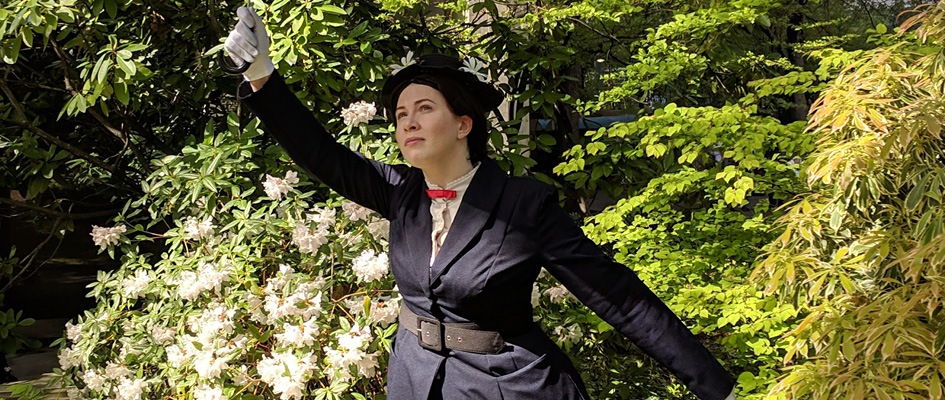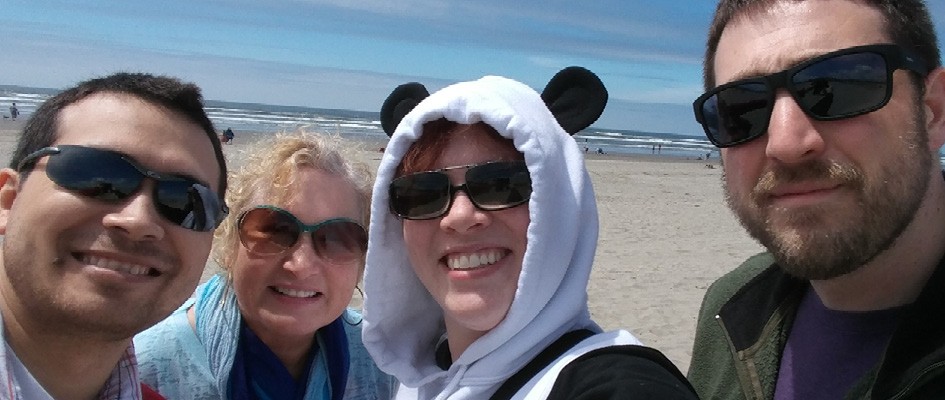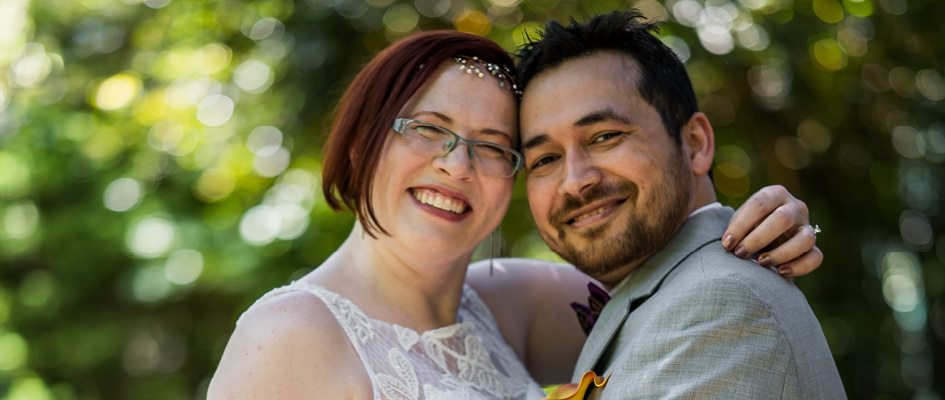Moss Adams Voices
Lisa Longé: Normalize Disability
Lisa Longé and the Disability BRG lead this year’s commemoration of National Disability Independence Day.

Before executive assistant Lisa Longé (she/her) was diagnosed with autism and attention-deficit/hyperactivity disorder (ADHD), she was misdiagnosed with juvenile myoclonic epilepsy. She spent more than 15 years managing a condition she didn’t have, and she suffered a forced career change as part of the experience. Lisa was hired at Moss Adams in 2015, and the health care benefits provided in her new role helped her afford tests to correct her diagnosis. Now, Lisa shares her story as part of the National Disability Independence Day celebration hosted by the Disability business resource group (BRG).
How is the Disability BRG leading the firm’s commemoration of National Disability Independence Day?
Our theme for this year is education and empowerment. The Disability BRG wants to normalize disability, break down bias, and reduce stigma. Disability is not a dirty word. Through education, we can make it safer for people to speak up and request accommodations they need. That leads to empowerment, because when we speak our truth and raise our voice for what we need, we can show up more authentically and bring out the best in everything we do.
My disability journey started when I began experiencing seizures and was misdiagnosed with epilepsy at 18. Over the course of that 15-year misdiagnosis, I tried and failed to continue my education several times. I once had 100 seizures in a week. It was too disruptive, so I couldn’t continue through university. I started working as a funeral director, but my boss didn’t want me to drive company vehicles due to my seizures, even though my neurologist said it was safe to drive. I was fired because they weren’t willing to make any accommodations.

How was your diagnosis later corrected?
My neurologist couldn’t confirm the epilepsy diagnosis without additional diagnostic testing, but I was a college student with a part-time job and no insurance. I couldn’t afford hundreds of dollars for testing. When I started at Moss Adams, I could finally afford the diagnostic tests thanks to our good medical insurance. The tests confirmed I had psychogenic nonepileptic seizures (PNES), not epilepsy. I was diagnosed with autism and ADHD five years later.
How did the corrected diagnosis relate to the seizures you were experiencing?
It turns out I was experiencing psychogenic nonepileptic seizures, or a trauma response to stressors.
I was a brilliant and responsive child. I cried easily due to intense stimuli and situations because of the undiagnosed autism. Whether it was anger, hurt, confusion, or extreme happiness, it all came out in tears. That made me an easy target. I was bullied daily and, even though I visited the school counselor and my parents tried to support me, nothing was done by the school to protect me.
I didn’t realize how much my childhood bully affected me until I started therapy following my corrected diagnosis. That’s when I learned the bullying I experienced led to the seizures that paved the way to my misdiagnosis.
This means I was taking heavy neurochemical medication for fifteen years only to later discover I didn’t need that medication. I dropped out of school twice, I lost my job, and I suffered it all because of the bullying I experienced as a result of my undiagnosed autism. Through therapy, I resolved the issues I had from being bullied, and the seizures have since ceased.

Can you speak to the difference community has made in navigating your journey?
Over the years, I’ve had an incredible support network that understood my limitations and helped me navigate around them. Since my corrected diagnosis, things are much better. I have accommodations and the right words to communicate what I’m experiencing.
For me, the costume and play (cosplay) community has been so open and welcoming. Growing up, I didn’t fit in. I was a geek; smart, quirky, and didn’t connect well with my peers. Putting on that costume is like putting on armor—sometimes literally, depending on the character. I get to be someone else, take on the confidence of that character, and engage with the people around me.
Since 2005, I’ve attended more than 30 cosplay conventions and I’ve made some friends along the way. I met my spouse at an anime convention. I’ve had incredible experiences with strangers that I wouldn’t have outside of it. When I walk through those convention doors, I look around and I say, “I’m home.”
How is the Disability BRG making a difference at Moss Adams?
In the 2021 Inclusion & Diversity (I&D) Annual Report, the year the Disability BRG was launched, 2% of Moss Adams team members self-identified as living with a disability. One year later, that percentage rose to 3.5%. I doubt we hired that many professionals with disabilities in one year. I think people feel more comfortable disclosing that they have a disability. The Disability BRG is young, but I’m excited for what we have planned. I believe we’re making a difference.
The adult population living with a disability in the United States is 27%, so I’m willing to bet the percentage at Moss Adams is much higher than 3.5%. As the Disability BRG is more visible and present at the firm, we strive to become advocates for those who can’t raise their voice.

What can we all take away from this year’s celebration of National Disability Independence Day?
Having corrective lenses isn’t a disability, but 70% of US adults require this accommodation or else they would have constant headaches or be unable to drive. Glasses or contacts allow these individuals to live life without issue. Reasonable accommodation makes a difference.
Many people don’t understand how disability affects work performance. If we’re experiencing something, don’t deny our experience. It’s already difficult to advocate for ourselves when we have a disability, so please don’t make us fight. Believe us when we express a need for accommodations.
Go Beyond the Desk
At Moss Adams, we believe in the power of possible to empower our clients and people to pursue success however they define it. Explore stories about our professionals, including their personal achievements, at our Beyond the Desk page.